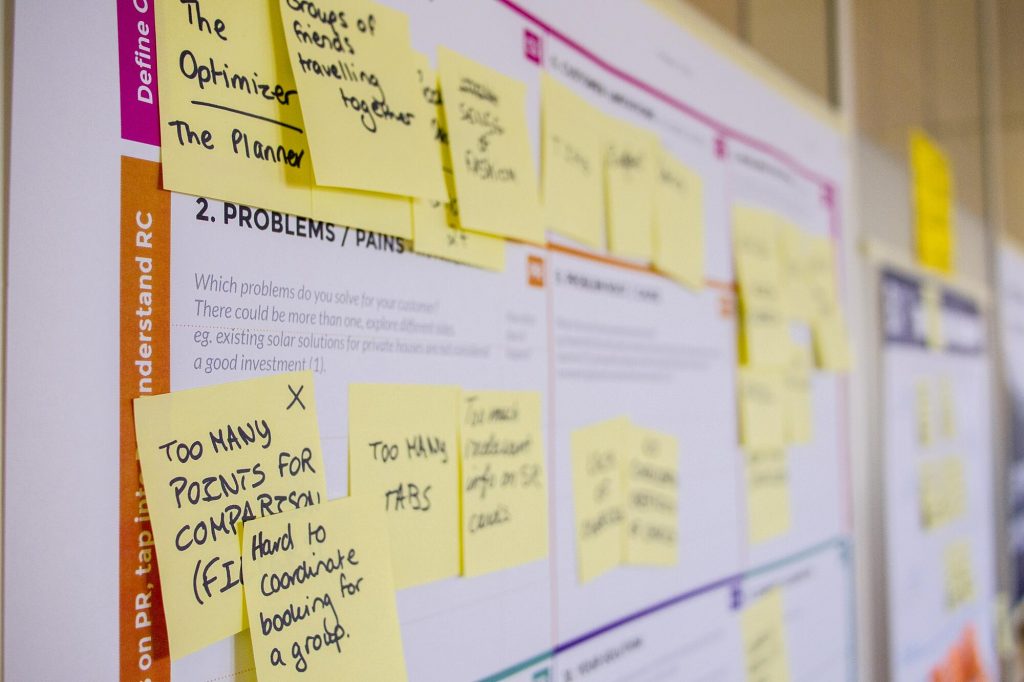Agile learning, or agile instructional design, refers to any approach to training development that focuses on speed, flexibility, and collaboration.
Agile is a term usually associated with software development. But as the speed of business increases, other business functions have adopted agile techniques to help them pivot quickly with market changes. L&D leaders observed that the process of developing learning experiences in today’s digital age could greatly benefit from the agile methodology. As such, agile learning was born.
Agile also embraces speed. As L&D leaders are continually challenged with rolling out training that is highly complex, the ability to rapidly develop and distribute a large volume of learning content is paramount.
This has, of course, dramatically affected the field of instructional design.

Agile vs. ADDIE
There are two fundamental approaches to instructional design: Agile and ADDIE.
ADDIE is the tried-and-true, traditional linear approach to content development. Each of ADDIE’s five steps—Analyze, Design, Develop, Implement, and Evaluate—emphasize approvals at each individual phase. Because it assures the accuracy and relevance of content, academic designers who build foundational knowledge taught over an extended period of time use ADDIE as the initial framework.
ADDIE is also useful for instructional designers who build programs to certify engineers and technicians. It is also useful when designing programs to carry out mission-critical compliance training.
However, the limitations of ADDIE include its lack of speed. Agile learning design, by contrast, features an interactive and iterative approach to design that typically prioritizes speed over other elements.
Using Agile to develop learning experiences

While Agile can be applied to every phase of learning development, it’s most useful during the planning and development phase of training projects. This includes:
- Training intake
- Project management
- Collaboration
As L&D teams seek to respond more quickly to organizational needs from a training perspective, agile provides the “failing fast” iterative mentality that enhances speed without compromising on quality.
Great for repurposing content & knowledge repositories
When training departments want to leverage and repurpose existing learning content, agile learning design comes to the rescue. Instructional designers can use agile to edit dozens or even hundreds of existing courseware and PowerPoint presentations. Rather than start from scratch using ADDIE, instructional designers can simply edit, update or convert content as appropriate using agile, rapid development tools.
Agile learning design also helps with the creation of online knowledge repositories or wikis. Such learning content may not necessarily be full-on courses with lessons and assessments but rather smaller, bite-size knowledge that employees can access easily as needed. Learning leaders can develop such content using agile principles rather than a longer instructional design process like ADDIE.

Peacefully coexisting
For certain types of learning projects, in which the deliverables are complex curriculum or certification-based training, ADDIE may be the best way to start. Agile instructional design would be difficult to use when the analysis phase needs to connect all of the parts of a multi-day or multi-week course or program.
However, some instructional designers can benefit from using both. Many designers start with ADDIE for the analysis and design phases on longer cycle development projects. Then, they proceed to leverage many of the concepts and techniques of agile instructional design to expedite the development, implementation and evaluation phases.
For performance support or on-the-job/moment of need requirements, agile instructional design is a great way to manage the entire process.
Struggling to collect the information you need during the training intake process?Try this free downloadable training request form!





